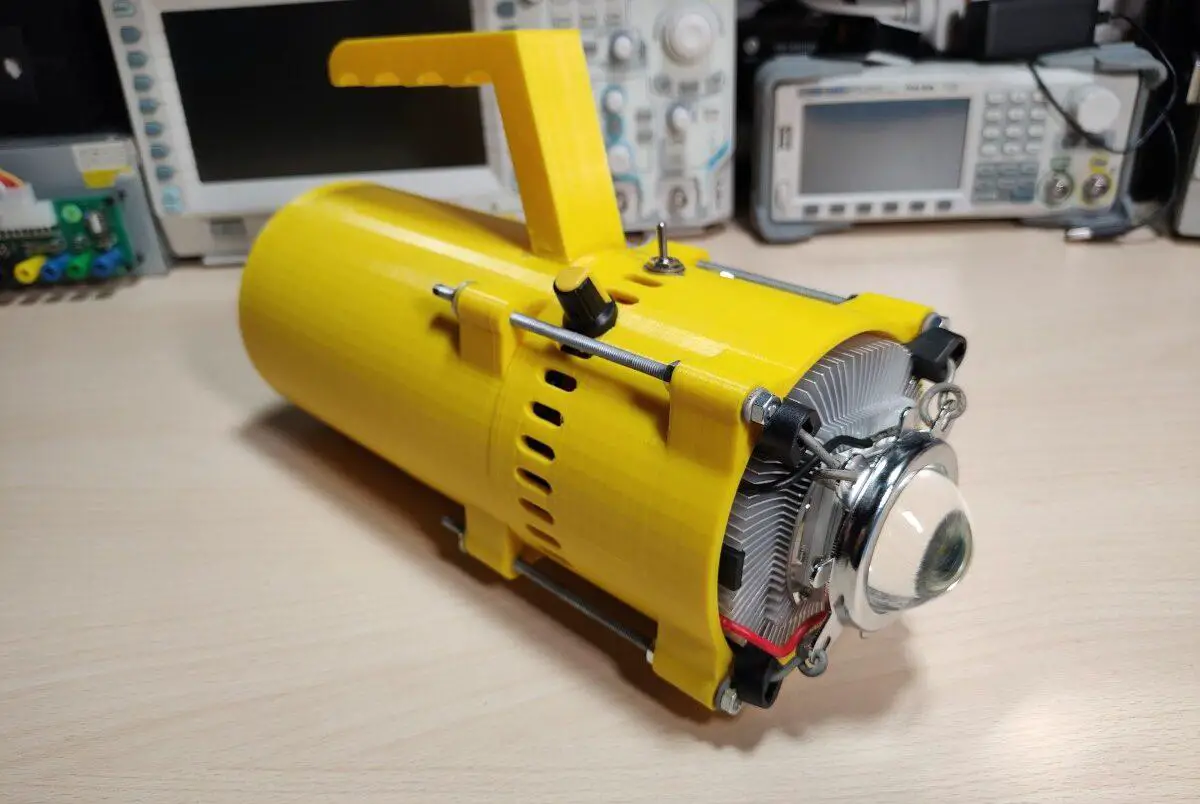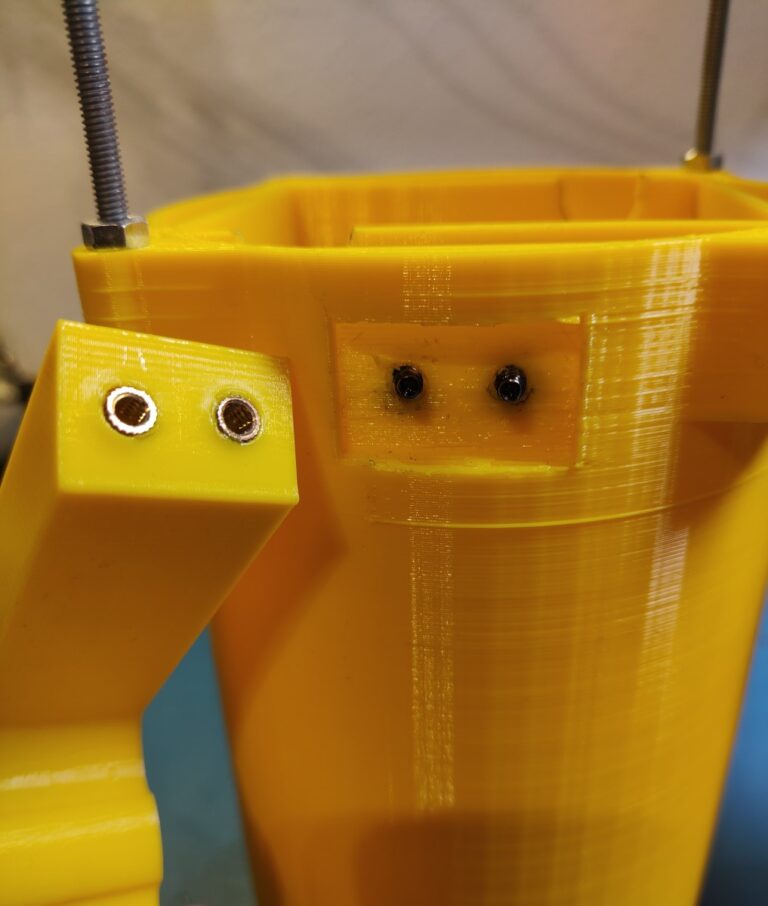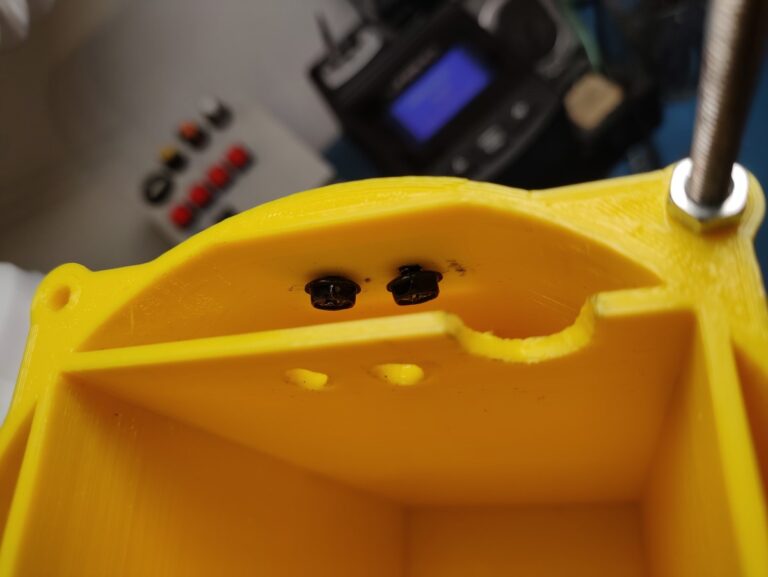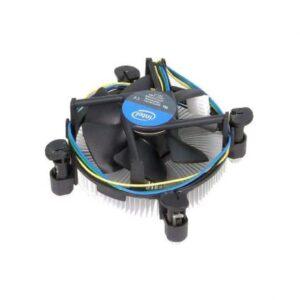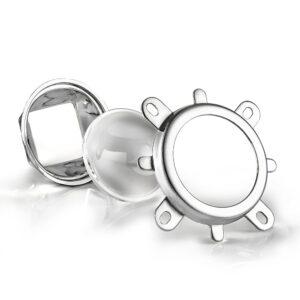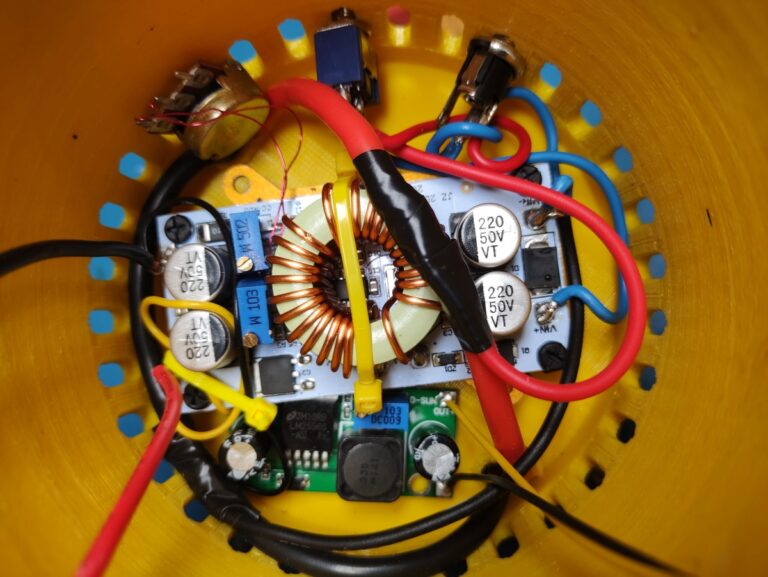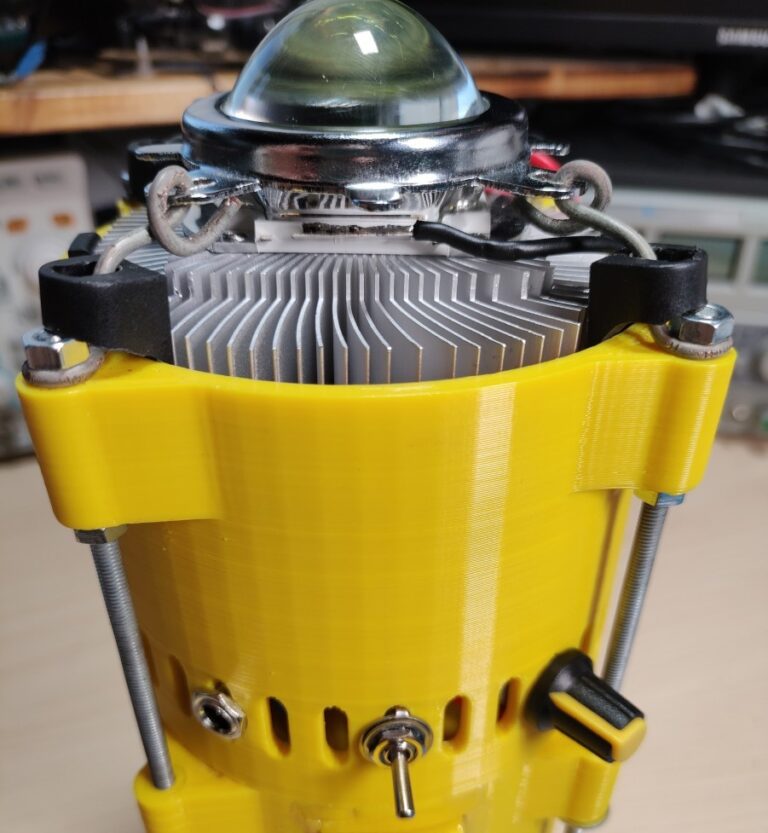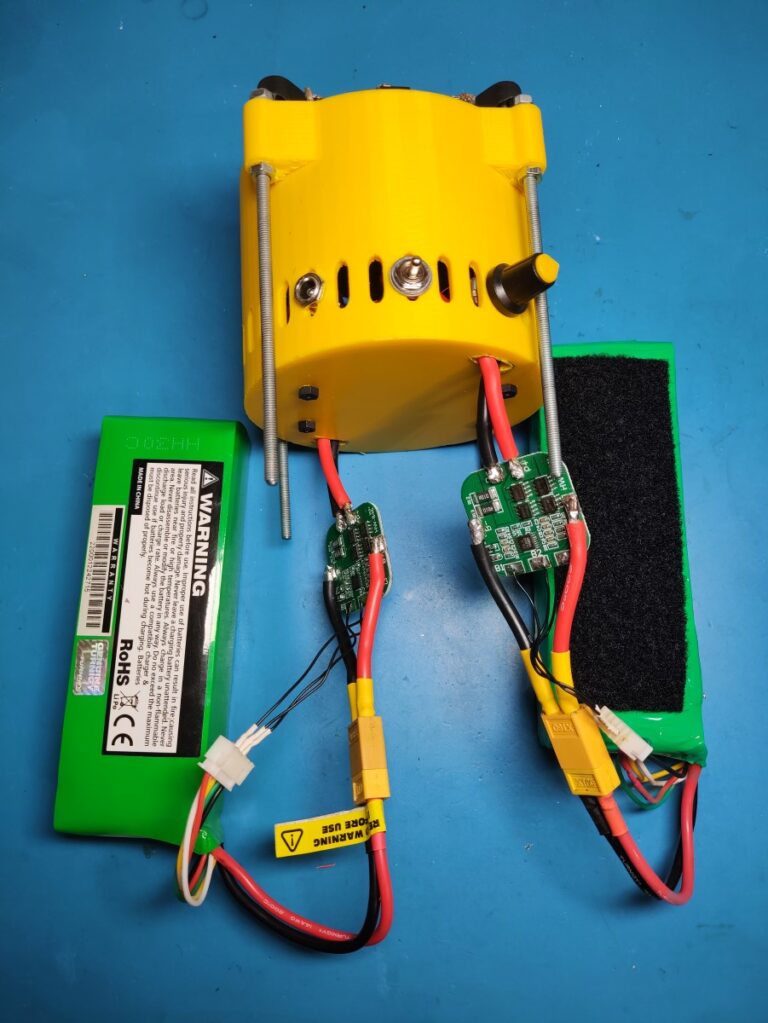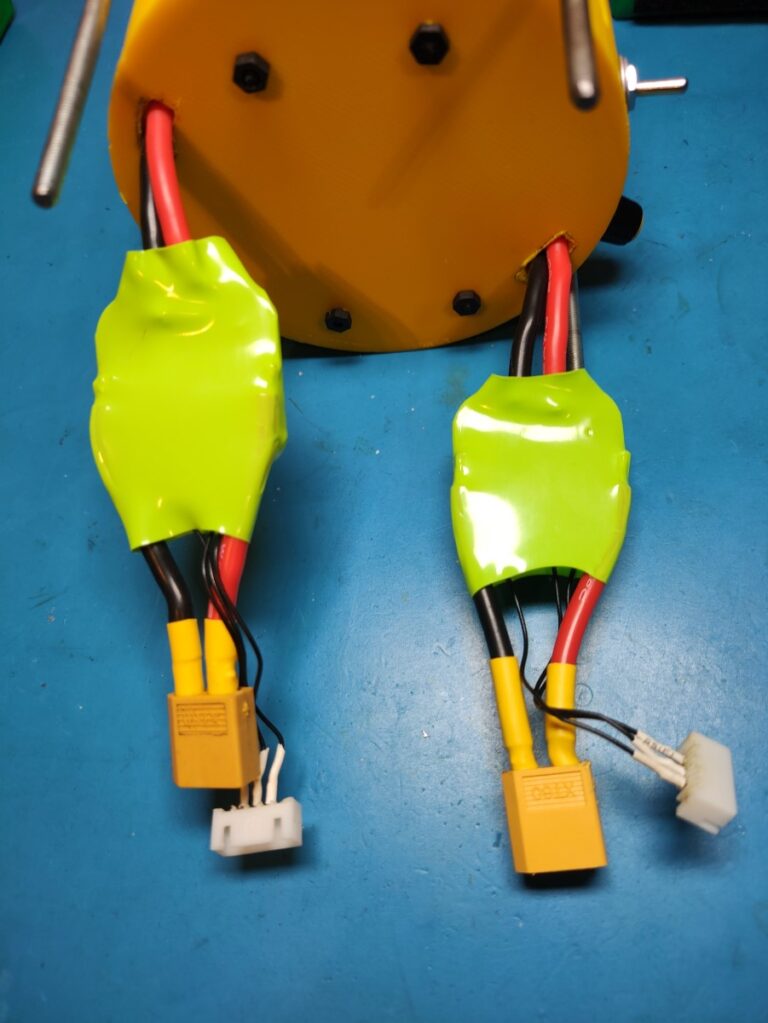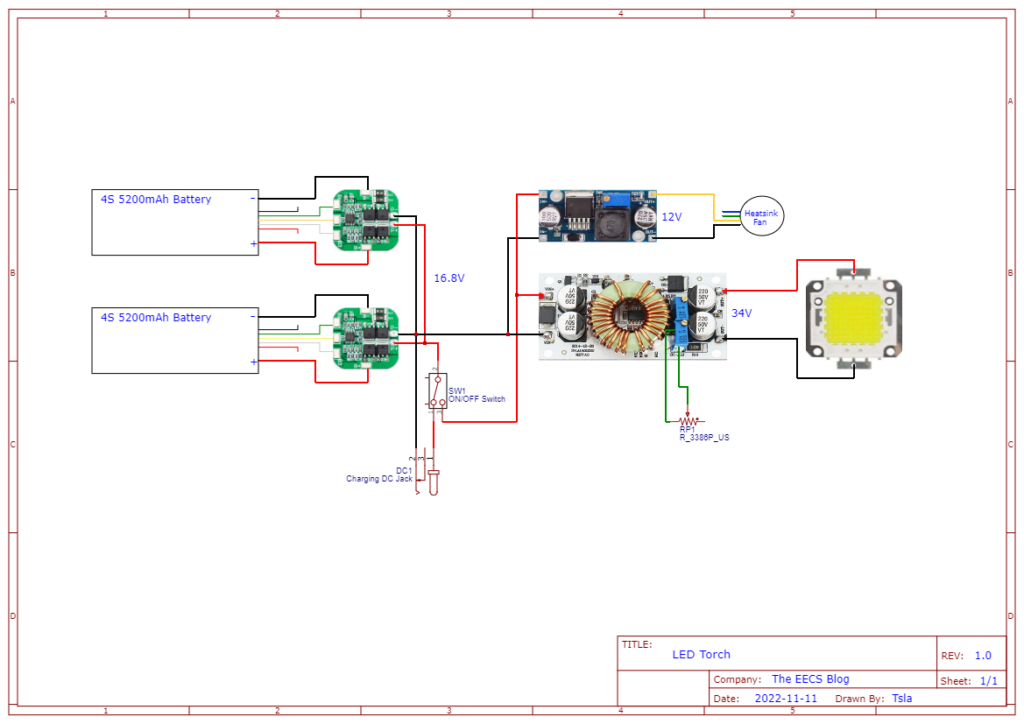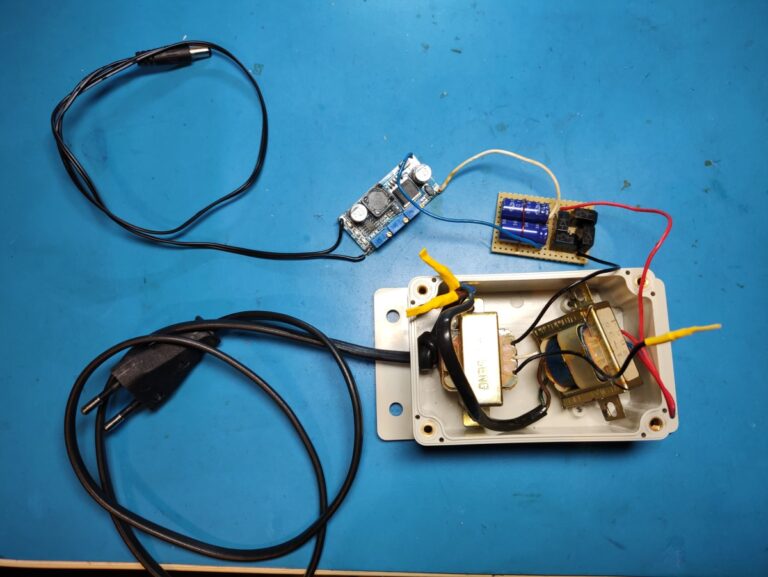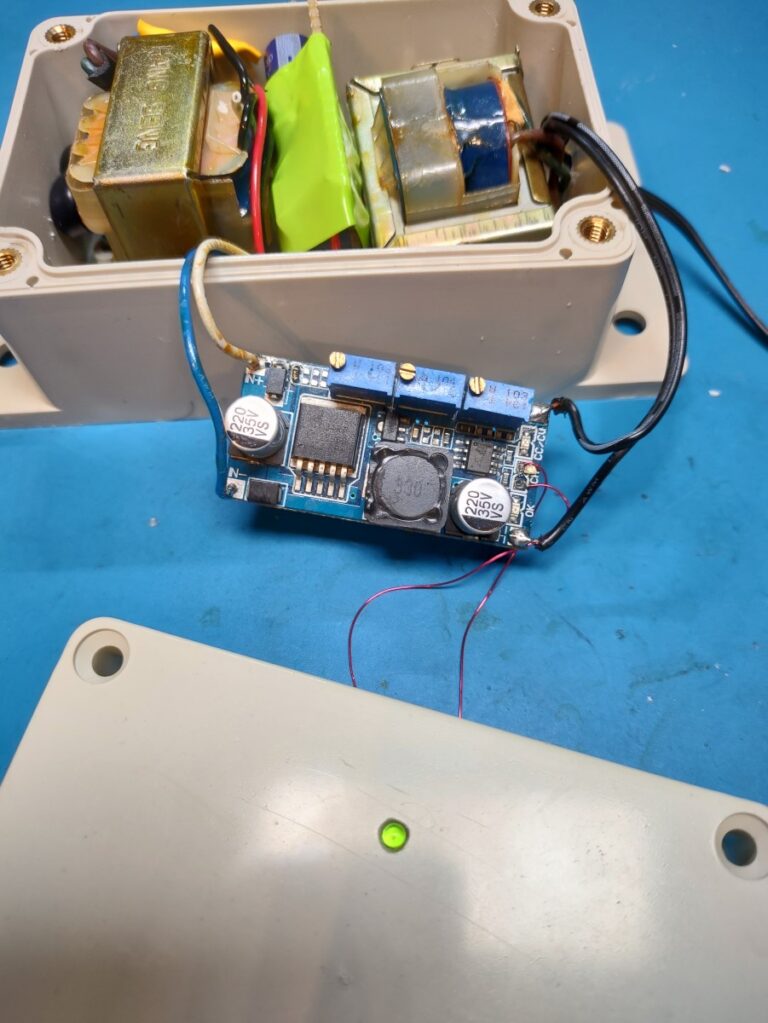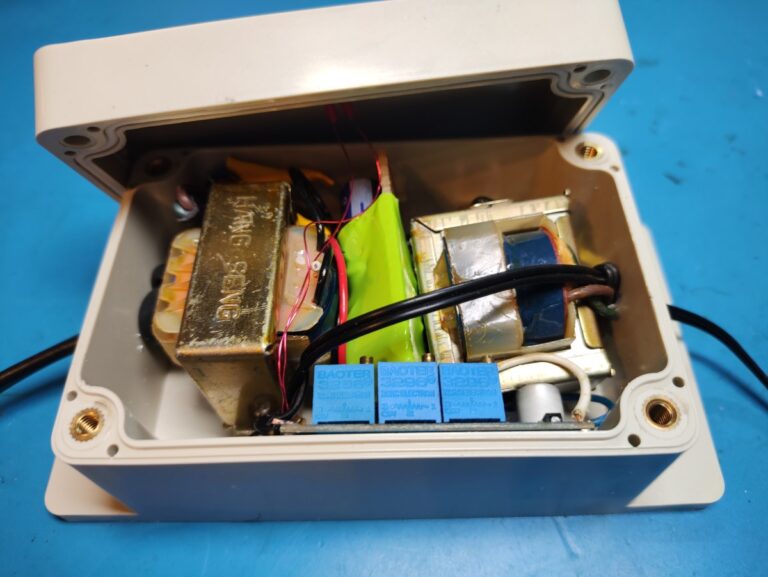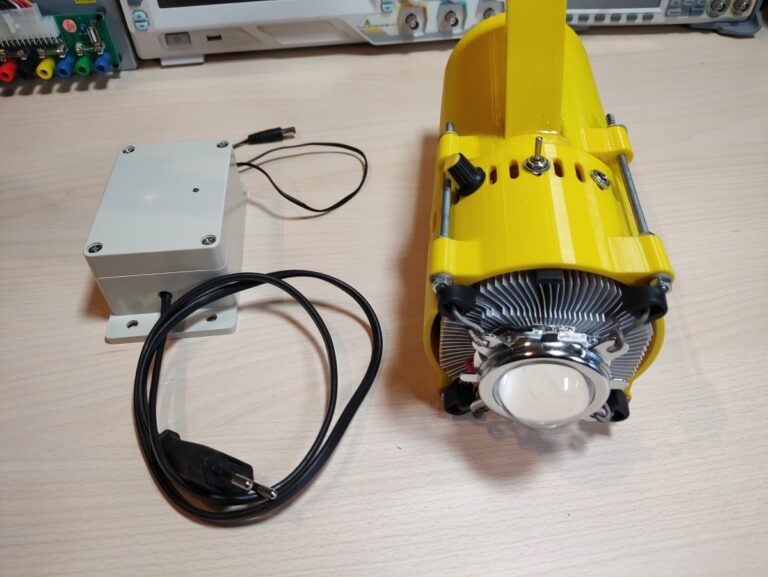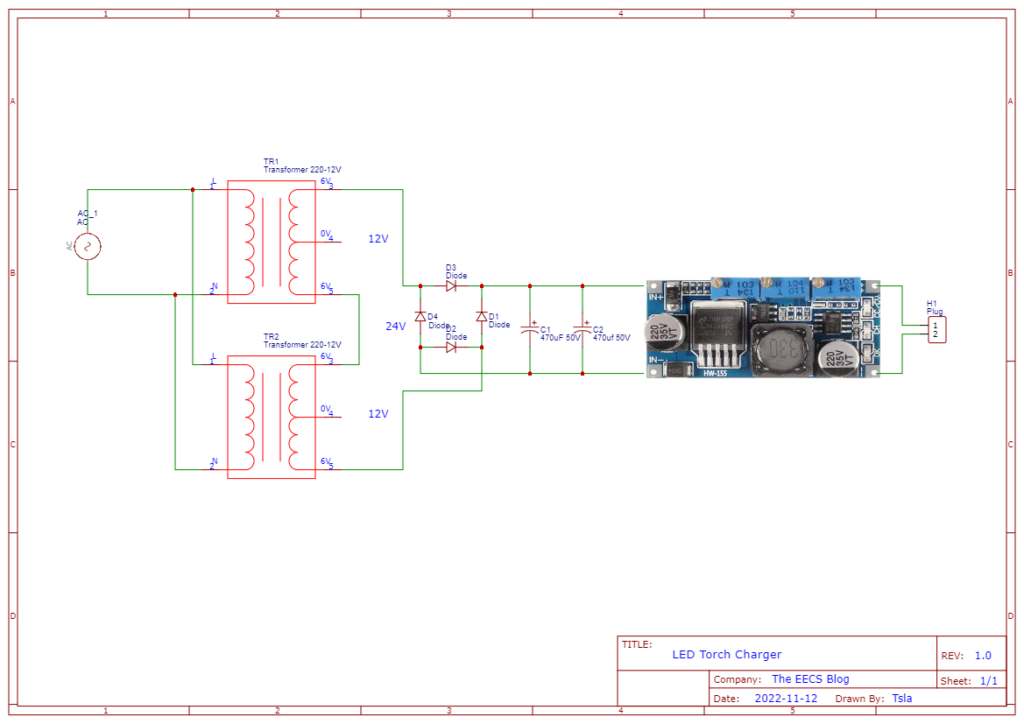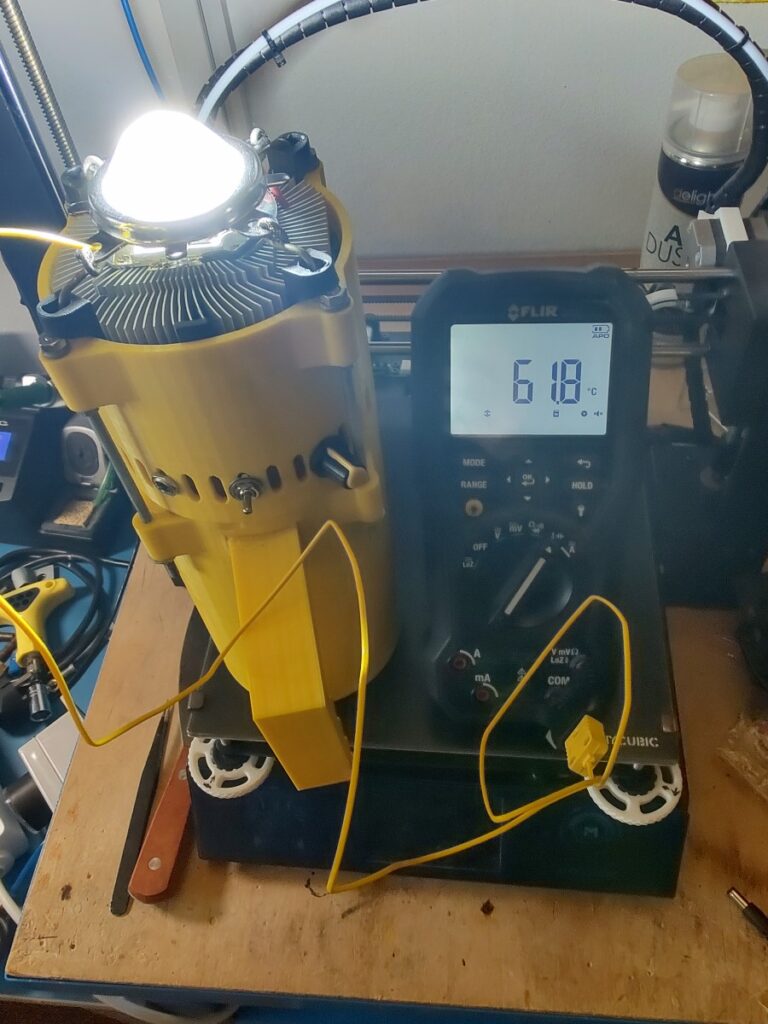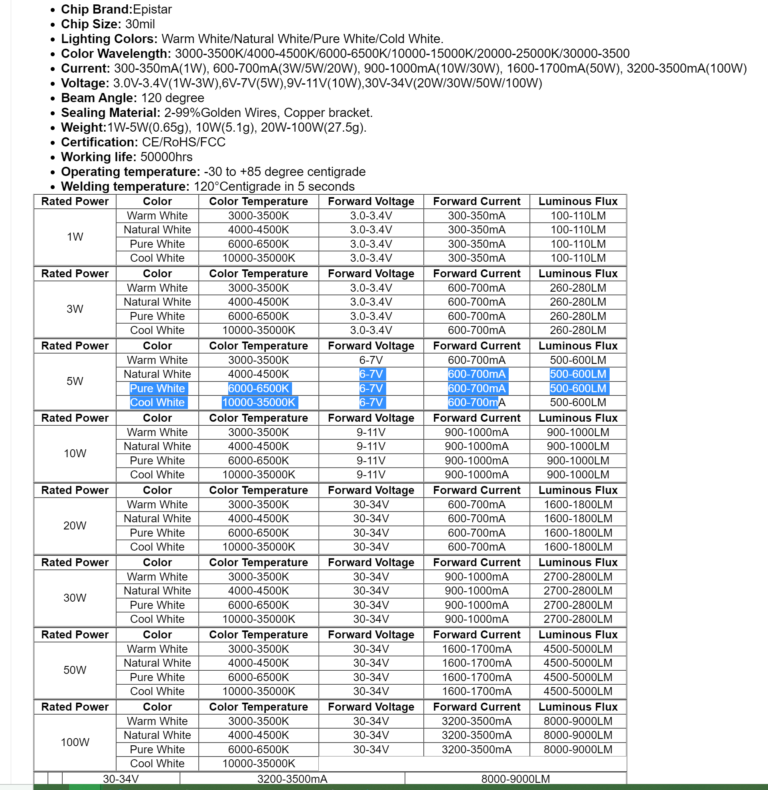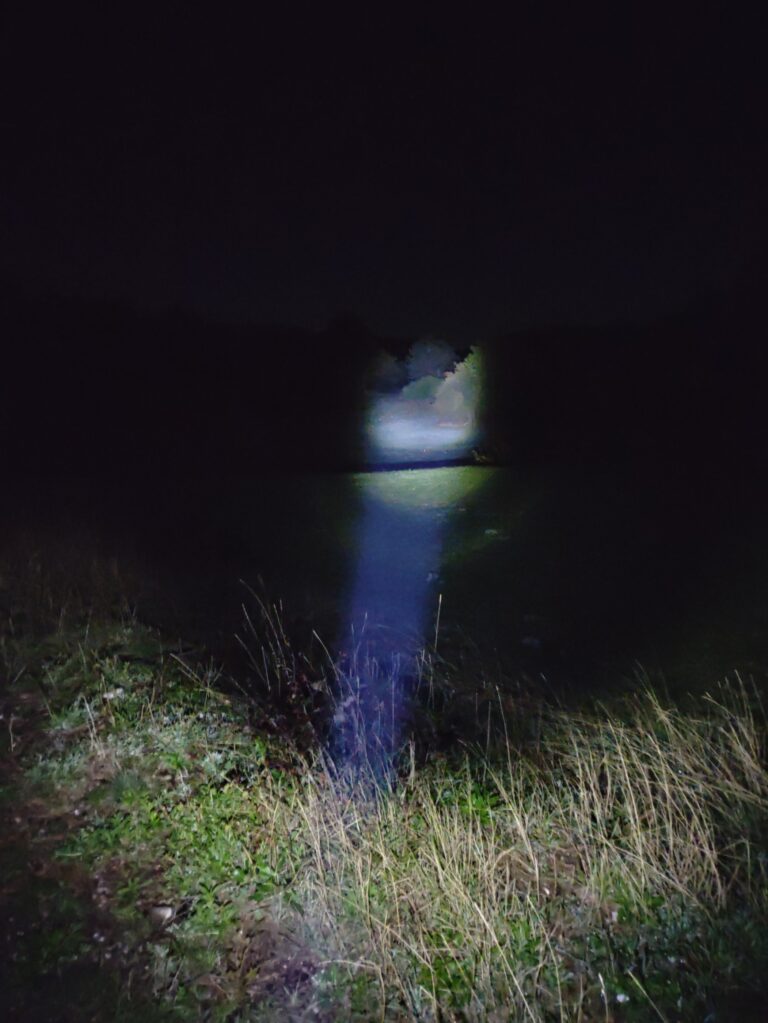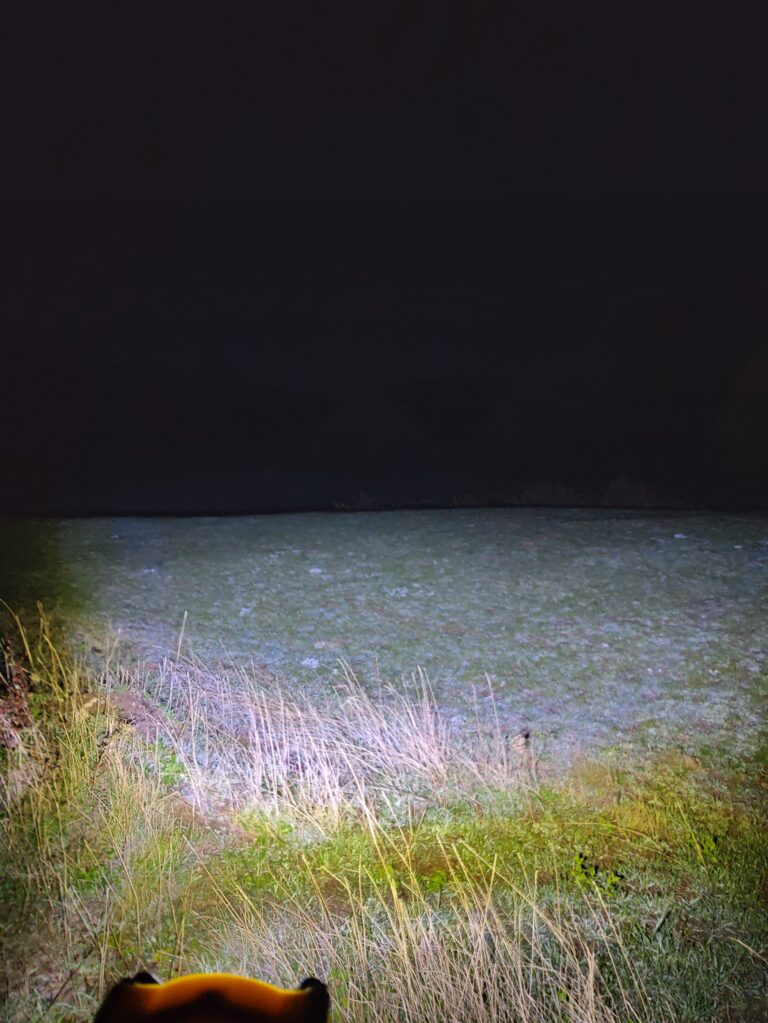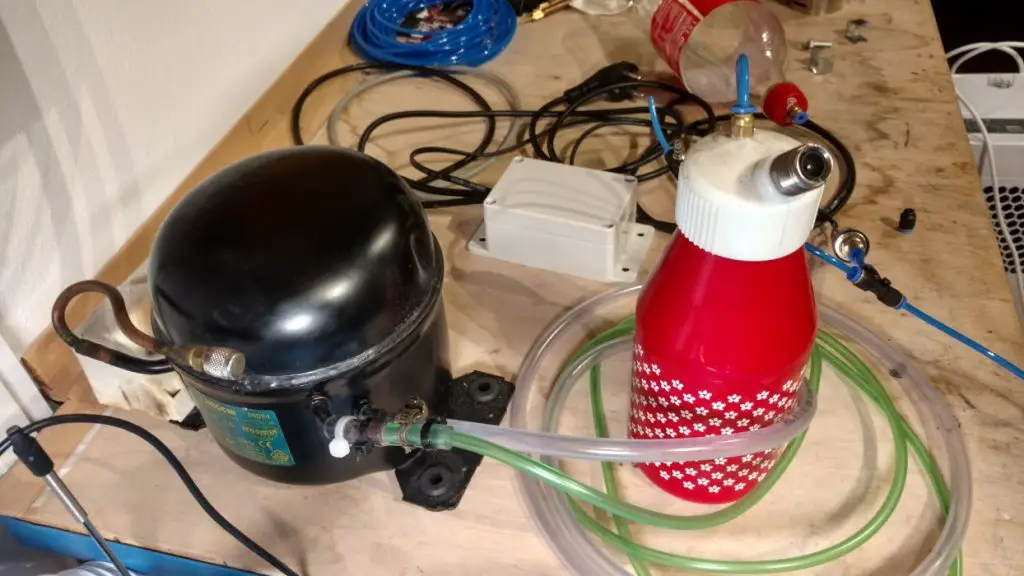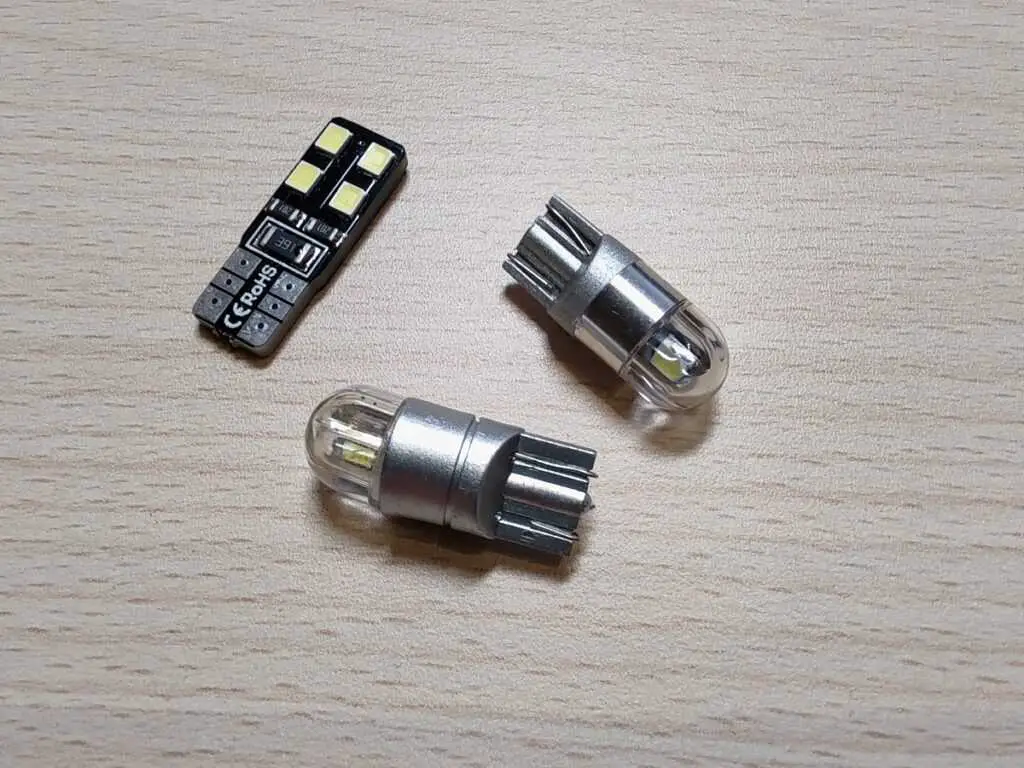About
Hardware used:
- #adAmazon LinkBMS
- #adAmazon LinkRegulator/Charger
- #adAmazon LinkRegulator
- #adAmazon LinkDC-DC Boost Converter
- #adAmazon LinkWater Reservoir
- #adAmazon LinkBattery
- #adAmazon LinkCPU Cooler (I recommend you get a used one instead)
Housing 3D Files
LED Torch
I 3D printed the housing. The handle was printed separately and later attached with some screws and epoxy. Later I also added a metal backplate to reinforce the area as it seemed kind of flimsy.
The 3D print was just a bit undersized and I had to file down the plastic of the CPU cooler to make it fit in the top piece. Also, some of the holes were drilled later because I wasn’t sure how everything is going to fit together when I was first designing the case.
The LED torch is made out of two pieces. The bottom one houses the batteries and the BMS while the top one contains the electronics, heatsink and the LED itself. The two halves are held together with threaded rods and nuts. To hold the lens in place I simply used some thick wire to pull down on the bracket which holds it and the and reflector in place. The LED chip is screwed directly into the heatsink with some screws(even though this might’ve not been necessary). Before doing that I applied some thermal compound between the LED and the heatsink.
